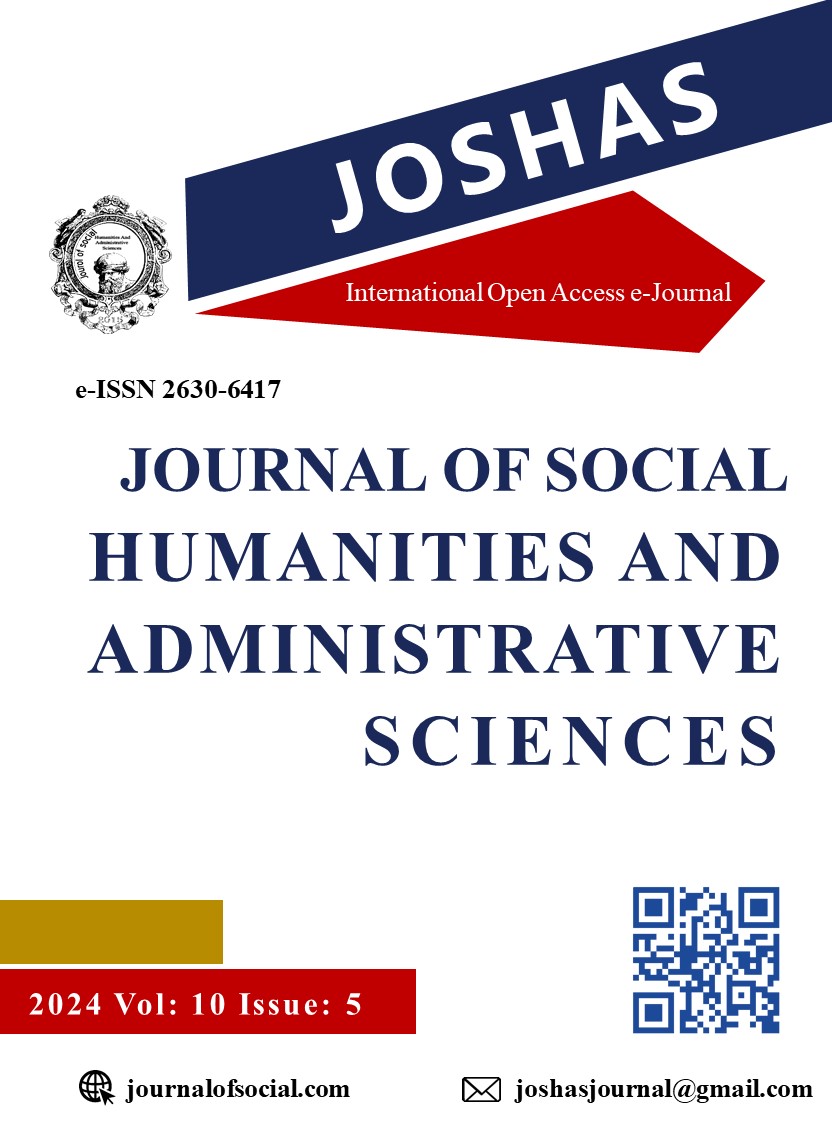Author :
Abstract
1921 yılında Tatlin öncülüğünde Obmoklu genç sanatçıların sergi bildirisinde ismine ilk defa yer verilen Konstrüktivizm, 1910’lu yıllarda Rusya’da ortaya çıkmış, bir sanat akımıdır. Konstrüktivizm, hem sanatın toplum yararına kullanılmasını savunan, hem de sanatı salt estetik bir ifade biçimi olarak gören iki farklı düşünce akımını bir araya getirmektedir. 1917 yılında köklü sosyal ve politik değişimlerin yaşandığı Ekim Devrimi'nin ardından konstrüktivistler, sanatın toplumsal dönüşüm için bir araç olarak kullanılabileceğine inanmışlar ve bu doğrultuda sanatı, günlük yaşamın bir parçası haline getirmeyi hedeflemişlerdir. Bu süreçte, Konstrüktivizmin etkisi plastik sanatların birçok alanında olduğu gibi seramik alanında da hissedilmeye başlanmıştır. Seramik ile Konstrüktivizm arasındaki bu etkileşim, ilk olarak Rusya’da kurulan ‘Ulusal Devlet Porselen Fabrikası’ tarafından, devlet propagandası amacıyla üretilen porselen tabaklar ve fincan takımlarında kendini göstermiştir.
Seramik düzenleme ve heykellerde geometrik kompozisyon anlayışını benimseyen eserler görülmüştür. Bu eserlerde, matematiksel temellere dayalı soyut ve dinamik yapılar ön plana çıkmıştır. Eserin betimleyici unsurlar barındırması beklenmemiş, kompozisyonu güçlendirmek için ahşap, cam ve metal gibi yardımcı malzemelerden faydalanılmıştır. Ayrıca, boşluk kavramı, bu kompozisyonlarda önemli bir yer tutmuş ve eserlerin mekânsal bütünlüğünü sağlamada kritik bir rol oynamıştır.
“Çağdaş Seramikte Konstrüktivist Yaklaşımlar” başlıklı bu çalışma, Konstrüktivizm’in seramik sanatı üzerindeki etkilerini araştırmakta ve bu estetik anlayışın çağdaş seramikte nasıl yeniden yorumlandığını incelemektedir. Çalışma kapsamında seramik malzemenin sunduğu olanaklardan faydalanarak, Konstrüktivizm'in estetik anlayışını ön planda tutan panolar ve heykeller üretilmiş, bu eserler aracılığıyla tarihte önemli bir yere sahip olan bu akımın hem tanıtılması hem de literatüre yeni örneklerin eklenmesi amaçlanmıştır.
Keywords
Abstract
Constructivism, which was first mentioned in the exhibition announcement of young artists from Obmok under the leadership of Tatlin in 1921, is an art movement that emerged in Russia in the 1910s. Constructivism brings together two different schools of thought, both advocating the use of art for the benefit of society and seeing art as a purely aesthetic form of expression. Following the October Revolution in 1917, when radical social and political changes took place, constructivists believed that art could be used as a tool for social transformation and aimed to make art a part of daily life in this direction. During this process, the influence of Constructivism began to be felt in many areas of plastic arts as well as in the field of ceramics. This interaction between ceramics and Constructivism first manifested itself in the porcelain plates and cup sets produced for state propaganda by the ‘National State Porcelain Factory’ established in Russia.
Works adopting the geometric composition approach were seen in ceramic arrangements and sculptures. In these works, abstract and dynamic structures based on mathematical foundations came to the fore. The work was not expected to contain descriptive elements, and auxiliary materials such as wood, glass and metal were used to strengthen the composition. In addition, the concept of void held an important place in these compositions and played a critical role in ensuring the spatial integrity of the works.
This study titled “Constructivist Approaches in Contemporary Ceramics” investigates the effects of Constructivism on ceramic art and examines how this aesthetic understanding is reinterpreted in contemporary ceramics. Within the scope of the study, panels and sculptures that prioritize the aesthetic understanding of Constructivism were produced by taking advantage of the possibilities offered by ceramic materials, and through these works, it was aimed to both introduce this movement, which has an important place in history, and to add new examples to the literature.





